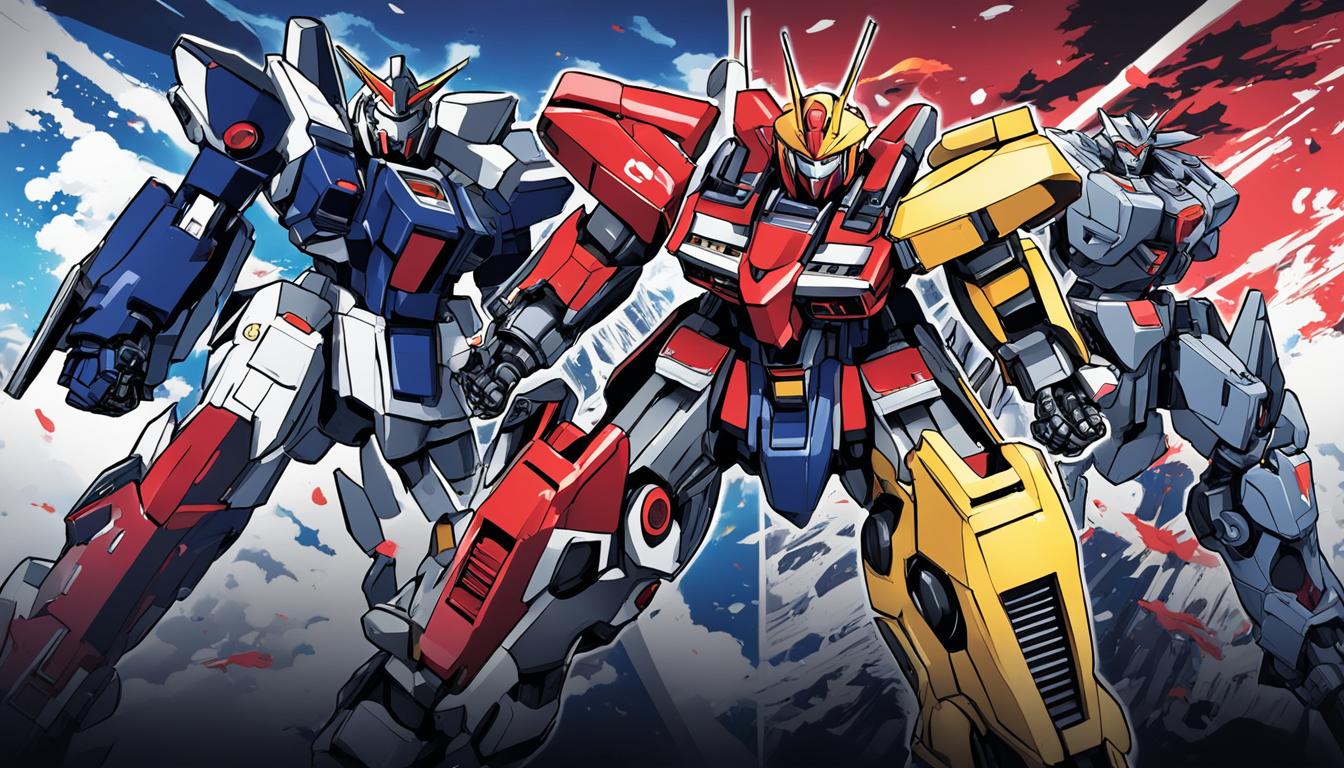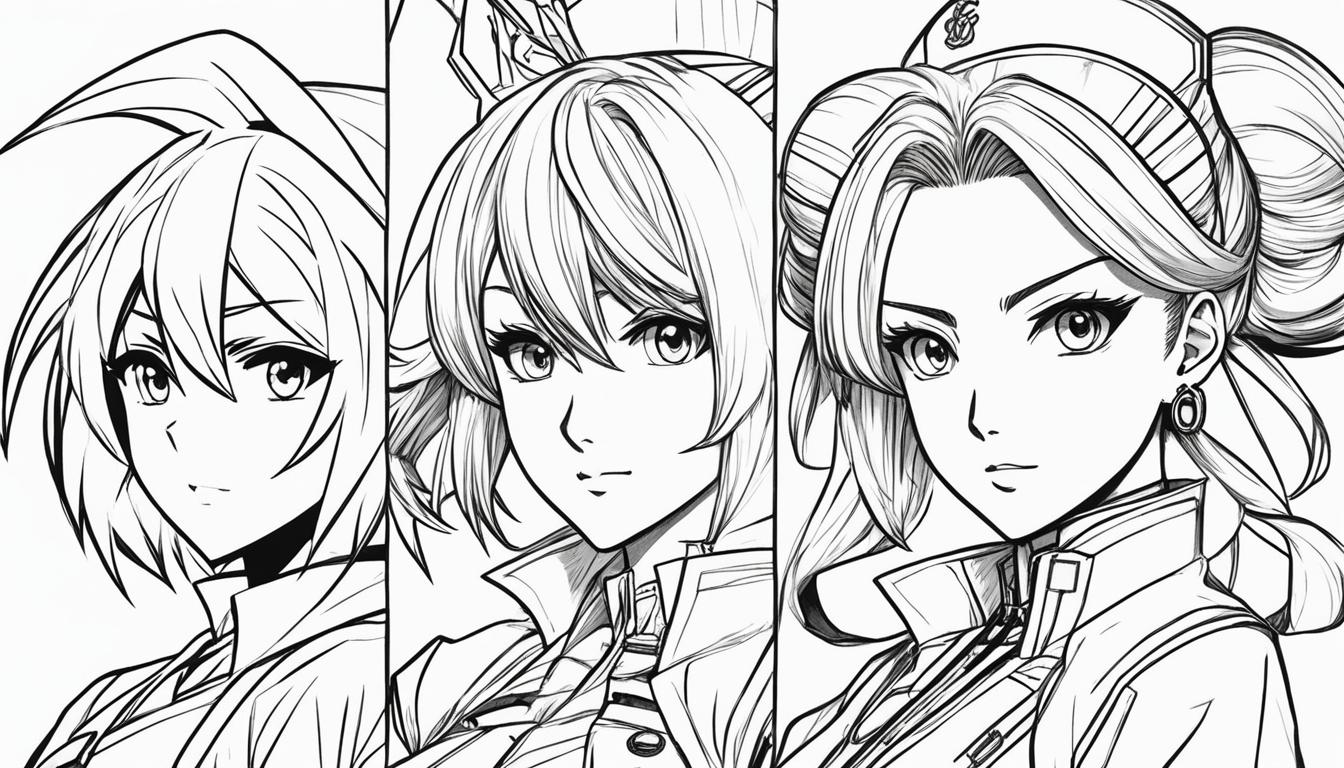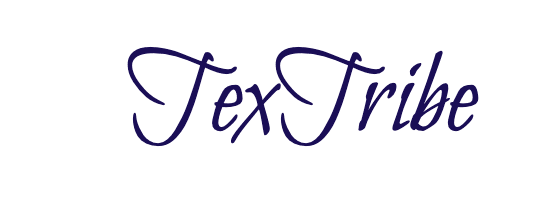Understanding the distinction between “anime” and “manga” is essential for fans and newcomers to Japanese entertainment. While both are integral parts of Japanese culture and have gained international popularity, they cater to different audiences and preferences through their unique formats and storytelling techniques. “Anime” refers to Japanese animated TV shows and movies, characterized by colorful graphics, vibrant characters, and fantastical themes. Manga,” on the other hand, denotes Japanese comic books and graphic novels, known for their in-depth stories and intricate artwork.
| Aspect | Anime | Manga |
|---|---|---|
| Definition | Japanese animated TV shows and movies | Japanese comic books and graphic novels |
| Medium | Animation | Print (books, magazines) and digital formats |
| Presentation | Colorful visuals, motion, and sound | Black and white illustrations (mostly), silent (text dialogues) |
| Consumption | Watching | Reading |
| Origin | Early 20th century (animation in Japan) | Late 19th century (as a term, but modern form post-WWII) |

Difference Between “Anime” and “Manga”
Definition of Anime
Anime is a style of animation originating from Japan, featuring diverse art styles, colorful graphics, and themes ranging from action and romance to supernatural and science fiction. It is produced for all age groups and can be broadcast on television, distributed on media such as DVDs, or streamed online.
Definition of Manga
Manga refers to Japanese comic books and graphic novels that cover a wide range of genres and target demographics, including children, teenagers, and adults. Manga is primarily published in black and white due to time and cost constraints, though some full-color manga exists.
Origin of Anime
Anime evolved from early 20th-century Japanese animation, influenced by Western animation and culture. Its modern form developed in the 1960s with works by Osamu Tezuka and the broadcast of series like “Astro Boy.
Origin of Manga
The term “manga” was used in the late 19th century, but the medium as known today developed post-World War II. Osamu Tezuka, among others, played a significant role in shaping modern manga, which has roots in centuries-old Japanese art traditions.
Pronunciation
- Anime: /ˈæn.əˌmeɪ/ or /ˈɑː.nɪ.meɪ/
- Manga: /ˈmæŋ.ɡə/ or /ˈmɑːŋ.ɡə/

Comparing Anime and Manga
Anime and manga, while closely related, cater to different sensory experiences: anime engages through visuals and sound, providing a dynamic representation of stories, whereas manga engages through static visuals and text, offering a more personal pace and imagination-led experience. The choice between anime and manga often depends on personal preference, availability, and the type of experience one seeks.
Usage in Sentences with Explanations
Use of Anime in Sentences
- The latest anime series has captivated audiences with its intricate plot and animation. (Refers to a television series.)
- Many anime are adaptations of popular manga, bringing static images to life. (Highlights the relationship between anime and manga.)
- She prefers watching anime because of the voice acting and soundtrack. (Notes the auditory aspects unique to anime.)
- Anime conventions are popular events where fans celebrate their favorite shows and characters. (Mentions the fan culture surrounding anime.)
- The animation studio announced a new anime movie set to release next year. (Discusses the production of anime content.)
Use of Manga in Sentences
- He spends his evenings reading manga to unwind from the day. (Refers to the act of reading graphic novels.)
- Manga artists often start their careers publishing stories in weekly magazines. (Notes the publishing process for manga.)
- The library has a dedicated section for manga, appealing to various age groups. (Mentions manga’s wide demographic appeal.)
- Some manga are serialized for years, developing complex stories and characters. (Highlights the depth and longevity of manga series.)
- Digital platforms have made manga more accessible to international readers. (Discusses the distribution and reach of manga.)
Conclusion
While anime and manga are closely interconnected, representing two of Japan’s most influential cultural exports, they offer distinct experiences. Anime brings stories to life through animation and sound, appealing to those who enjoy visual and auditory storytelling. Manga, with its detailed artwork and deep narratives, caters to readers who appreciate the pace and depth that only reading can provide. Both forms, however, stand as pillars of storytelling, offering a vast array of genres and themes to explore.
Commonly Asked Questions
- Can a manga exist without an anime adaptation?
- Yes, many manga exist without ever being adapted into anime. While popular manga often get anime adaptations, it’s not a requirement for a manga’s success.
- Are all anime based on manga?
- No, not all anime are based on manga. Some are original works, while others may be adaptations of novels, video games, or even original concepts created by the anime’s production team.
- How do I choose between watching an anime and reading its manga counterpart?
- This choice depends on personal preference. Some may prefer the immersive experience of anime with its sound and motion, while others might enjoy the detailed storytelling and pacing control offered by manga.

FAQ
What is the difference between anime and manga?
Anime refers to Japanese animation which can come in the form of TV series or movies, characterized by colorful graphics and diverse themes. Manga are Japanese comics or graphic novels with a wide range of genres and styles, typically printed in black-and-white. While both forms often share similar storylines, anime is an animated visual experience, whereas manga is read.
What is Anime?
Anime is a style of Japanese animation that appears in various formats like television series, films, and web series. Well-known for its vibrant art, fantastical themes, and emotive characters, anime has a distinctive aesthetic and storytelling approach that has garnered a global fanbase.
What is Manga?
Manga are Japanese comics or graphic novels, commonly serialized in magazines and later compiled into volumes. Manga is recognized for its distinctive art style and storytelling method, and it can encompass a broad spectrum of genres for different age groups and audiences.
How has otaku culture contributed to the popularity of anime and manga?
Otaku culture encompasses devoted fans of anime, manga, and other Japanese pop culture items. Otaku conventions, cosplay, fan-art, and fan-fiction have been instrumental in popularizing these mediums beyond Japan. This subculture has greatly influenced their global spread and visibility, leading to increasing recognition in Western mainstream media.
What are the artistic and format differences between anime and manga?
Artistic differences lie in anime’s fluid motion and use of color, while manga is usually in black-and-white with a focus on strong linework and shading for depth. Format-wise, anime is consumed as episodes or films, involving motion and auditory elements, whereas manga is read page by page, allowing for a different storytelling pace and reader’s imagination in scene interpretation.
How do manga series become anime adaptations?
Manga series become anime adaptations through a process of selection where popular or intriguing manga are chosen to be animated. This involves scripting, storyboarding, voice casting, and production by animation studios. Adaptations may follow the manga closely or diverge to suit the animated medium’s storytelling style or production constraints.
How have anime movies and manga books evolved in the West?
Anime movies and manga books have seen significant growth in the West, gaining mainstream attention and widespread distribution. This has been propelled by the success of major releases, increasing fanbase through conventions, and the availability of anime on global streaming platforms. Localization efforts have made these media more accessible to Western audiences.
What are the localization practices for anime and manga in American markets?
Localization practices include translating text from Japanese to English, cultural adaptation to make content relatable to American audiences, and sometimes altering content to fit local standards and sensibilities. This process is critical for the commercial success of Japanese animation and comics in America and involves teams of translators, editors, and marketing professionals.
What variety of anime merchandise is available for fans?
A diverse range of anime merchandise is available for fans, which includes figurines, apparel, posters, DVDs/Blu-rays of series and movies, as well as cosplay costumes and accessories. Collectibles from popular series often become highly sought after, adding to the substantial economic footprint of anime fan culture.
What kind of special editions and collector items are prevalent in the manga market?
The manga market offers various special editions and collector items, such as limited-run prints, art books, box sets, and rare volumes with additional content like artist interviews or concept art. These editions often feature higher quality materials and unique cover art, making them appealing to collectors and fans alike.

